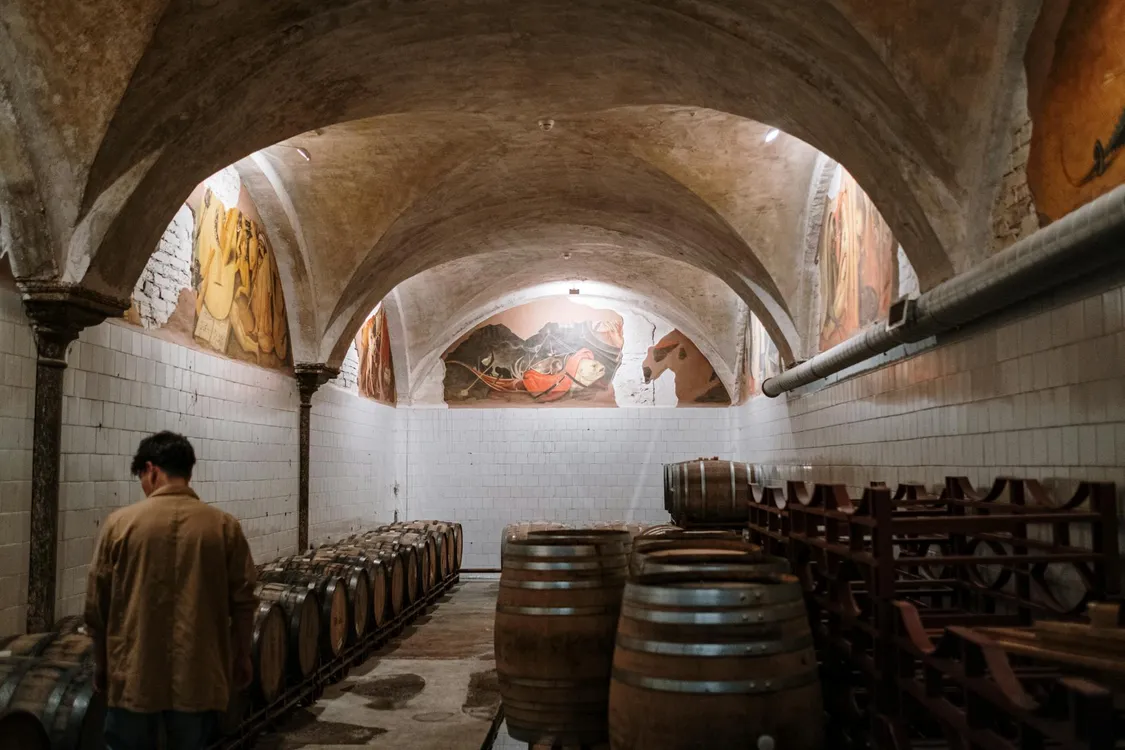Global wine consumption trends: Statistics and 2024 forecast

Wine consumption is a key indicator of cultural preferences, economic trends, and social changes. Understanding these patterns can help producers, distributors, and enthusiasts make informed decisions. In this article, we analyze global wine consumption trends, offering data-driven insights and predicting what 2024 holds for the wine industry.
Historical analysis of global wine consumption trends
The past decade has seen significant shifts in wine consumption worldwide. While traditionally wine-consuming regions like Europe have seen a slight decline, emerging markets in Asia and North America have shown steady growth. According to the International Organisation of Vine and Wine (OIV), global wine consumption in 2023 reached approximately 234 million hectoliters, with significant variations across different regions.
Consumption trends by continent
Europe
Europe remains the region with the highest per capita wine consumption. However, major markets such as France, Italy, and Spain are facing a slight decrease, attributed to demographic changes and healthier lifestyles.
Asia
The Asian market, particularly China, has experienced exponential growth in wine consumption. Although growth has slowed in recent years, interest in high-quality wines continues to rise, with a particular focus on red wines.
North America
In the United States, wine consumption is steadily increasing, with a particular interest in organic and sustainable wines. Canada has also seen a rise in consumption, driven by growing interest in local and natural wines.
2024 forecast
Growth of organic and sustainable wines
2024 will see continued growth in the consumption of organic and sustainable wines, especially in markets like North America and Europe. Consumers are increasingly aware of the environmental impact of their choices, and this is reflected in their wine preferences.
Expansion of emerging markets
Countries like India and Brazil could emerge as new leaders in wine consumption. Rising disposable income and increasing urbanization are fueling the demand for premium products, including wine.
Increase in digitalization in the wine industry
Digitalization will continue to transform the wine industry, with greater use of technologies like artificial intelligence and blockchain to track product origin and ensure quality. Online wine sales, already growing, will continue to expand.
Conclusions
The global wine industry is undergoing a period of dynamic change. Understanding consumption trends and forecasting the future is crucial for anyone involved in the sector. 2024 promises to bring new challenges and opportunities, with a growing emphasis on sustainability, digitalization, and expansion into new markets. For producers and distributors, staying informed about these trends will be key to success in an increasingly competitive market.
Analyzing global wine consumption trends offers valuable insights for anticipating changes and preparing for the future. Leveraging this data to adapt to new consumer demands and emerging trends will be essential to maintaining a leadership position in the sector.